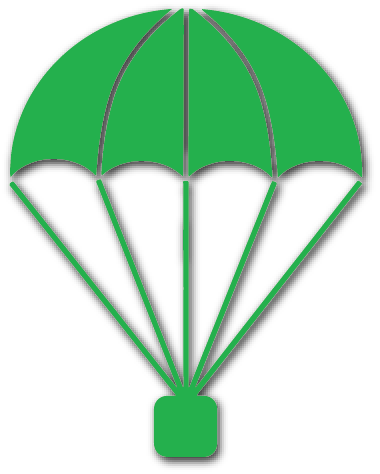About EdgeFlyte
Pioneering the future of affordable, high-performance research equipment for aerospace, education, and innovation.
Our Mission
To democratize aerospace research by providing affordable, high-performance equipment that enables students, researchers, and innovators to explore the boundaries of atmospheric science, space research, and educational technology. We believe that cutting-edge research should be accessible to everyone, not just well-funded institutions.
What We Do
Comprehensive solutions for aerospace research and education
Flight Computers
Advanced flight computers designed for atmospheric research missions. Our systems provide real-time data collection, remote command capabilities, and robust performance in extreme conditions.
Tracking Systems
Comprehensive tracking solutions for high-altitude balloon missions, including real-time GPS tracking, telemetry systems, and recovery assistance tools.
Educational Kits
Complete educational packages designed for STEM learning, including curriculum materials, hands-on projects, and teacher resources for aerospace education.
Research Equipment
Specialized research modules for atmospheric studies, including sensors, data loggers, and scientific instruments for various research applications.
Software Solutions
Intuitive software tools for mission planning, data analysis, and real-time monitoring, making complex aerospace operations accessible to everyone.
Support & Training
Comprehensive support services including technical assistance, training programs, and community resources to ensure successful mission outcomes.
Our Values
The principles that guide everything we do
Innovation
We continuously push the boundaries of what's possible in aerospace research equipment, developing cutting-edge solutions that advance the field.
Accessibility
High-quality research equipment should be available to everyone. We're committed to making advanced technology affordable and accessible.
Education
We believe in the power of education to inspire the next generation of scientists, engineers, and innovators in aerospace and STEM fields.
Collaboration
We work closely with educators, researchers, and institutions to develop solutions that meet real-world needs and challenges.
Reliability
Our equipment is designed to perform consistently in challenging environments, ensuring reliable data collection and mission success.
Impact
We're driven by the potential to make a positive impact on scientific research, education, and our understanding of the world around us.
Our Team
Passionate professionals dedicated to advancing aerospace research and education
Engineering Team
Our engineering team combines expertise in aerospace systems, electronics, and software development to create innovative research equipment.
Education Specialists
Dedicated educators who develop comprehensive learning materials and training programs to support STEM education initiatives.
Research Partners
We collaborate with leading researchers and institutions to ensure our equipment meets the highest scientific standards.
Support Team
Our support team is committed to ensuring your success with comprehensive technical assistance and training resources.
Ready to Get Started?
Join the growing community of researchers, educators, and innovators using EdgeFlyte equipment
